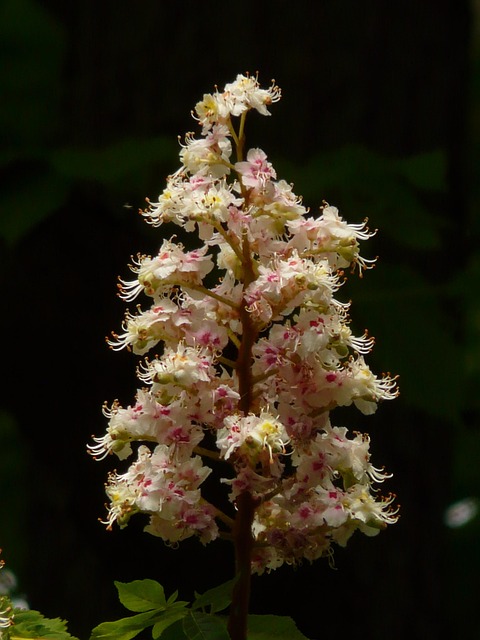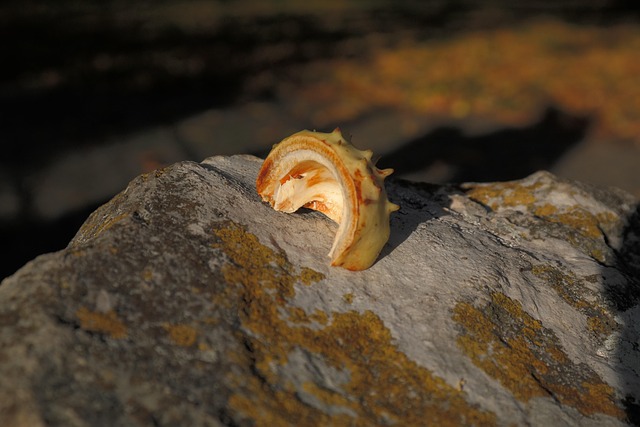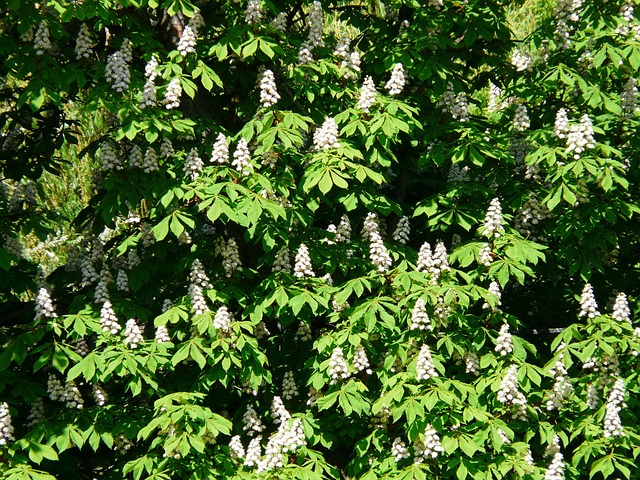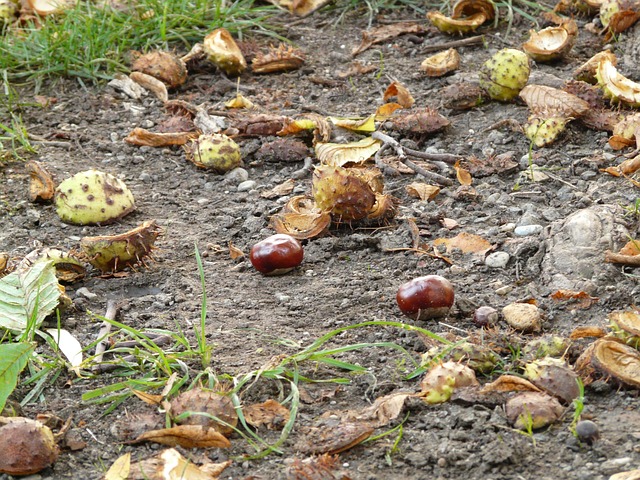Family-oriented neighborhoods gain popularity in real estate due to their emphasis on community and connection. Key features include safe spaces, social interaction opportunities, well-maintained public areas like parks and centers, and active participation in local events, fostering strong neighborhood cohesion and improved quality of life. Developers can create vibrant, family-friendly spaces by incorporating shared public areas, promoting walkability, and encouraging face-to-face interactions.
In today’s fast-paced world, family-oriented neighborhoods with a strong sense of community offer a breath of fresh air. This article delves into the appeal and key attributes that make these communities thrive. We explore real estate strategies to foster neighborhood bonding, providing insights for both residents and developers looking to nurture these valuable social connections. Understanding these factors is crucial in enhancing the quality of life and creating vibrant, cohesive environments through strategic real estate practices.
Understanding the Appeal of Family-Centric Communities

Family-oriented neighborhoods, with their strong sense of community, have become increasingly appealing in the real estate market. This trend speaks volumes about the changing priorities of modern families who seek more than just a place to live; they crave environments that foster connections and create lasting memories. The appeal lies not only in the safety and security these communities offer but also in the opportunities for social interaction and shared experiences among neighbors.
Such neighborhoods often boast well-maintained parks, playgrounds, and community centers, becoming vibrant hubs where families can gather, engage in recreational activities, and build meaningful relationships. This sense of belonging enhances the overall quality of life, encouraging a deeper involvement in local events and initiatives. In turn, this community engagement strengthens the social fabric, making these areas highly desirable for those seeking a tight-knit, supportive environment within their real estate choices.
Key Attributes of Strong Neighborhood Cohesion

Strong neighborhood cohesion is a key factor in making a community attractive for families and real estate investors alike. Key attributes include high levels of social interaction, where neighbors regularly engage in activities together, fostering deep connections and a sense of belonging. This often translates to organized events like block parties, community gardens, or local sports leagues, creating a vibrant atmosphere that encourages family involvement.
Additionally, effective communication channels play a vital role. Well-maintained bulletin boards, active neighborhood associations, or online platforms facilitate information sharing, quick problem-solving, and collective decision-making. Such open lines of communication strengthen the bond among residents, ensuring everyone stays informed about local initiatives, safety measures, and community resources, ultimately enhancing the overall quality of life in these family-oriented neighborhoods.
Real Estate Strategies for Nurturing Community Bonding

In the real estate world, designing neighborhoods that foster a strong sense of community is key to creating vibrant, family-oriented spaces. Developers and urban planners can implement various strategies to encourage community bonding. One effective approach is incorporating shared public spaces like parks, community gardens, or play areas where residents can gather, interact, and build relationships. These spaces become the heart of the neighborhood, fostering a sense of belonging.
Additionally, real estate strategies should focus on creating walkable, mixed-use districts with a variety of local amenities accessible by foot or bike. Encouraging face-to-face interactions through designed walkability promotes community connections. Mixed-use development also ensures that residents have convenient access to daily needs, reducing reliance on cars and fostering a more connected social fabric within the neighborhood.






